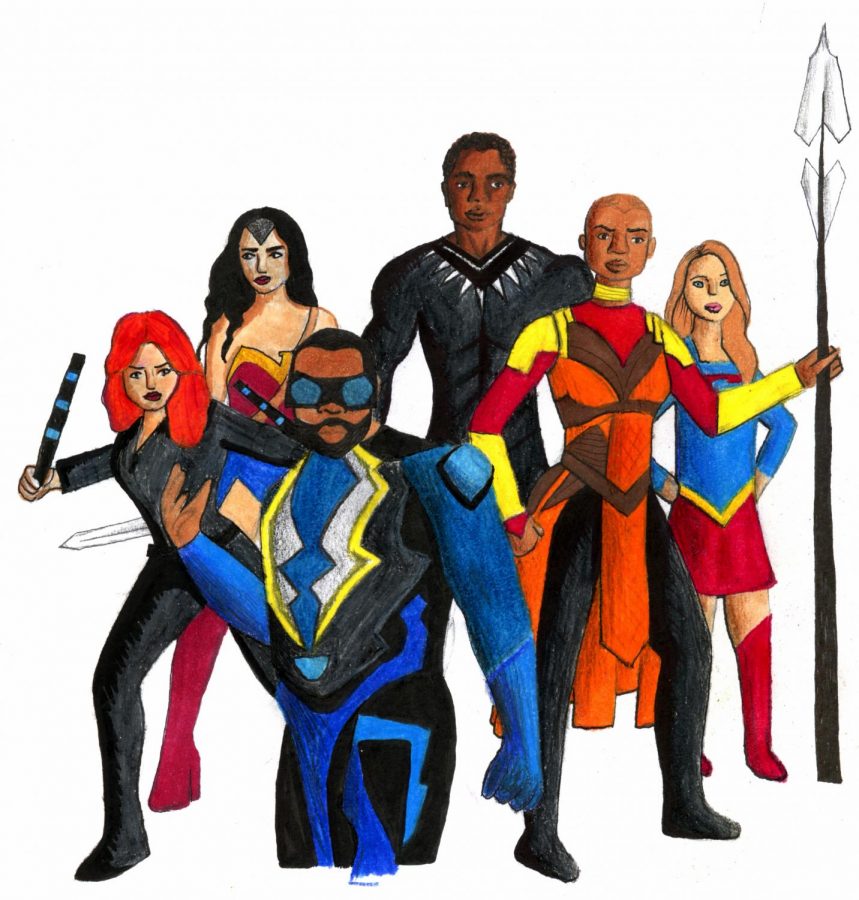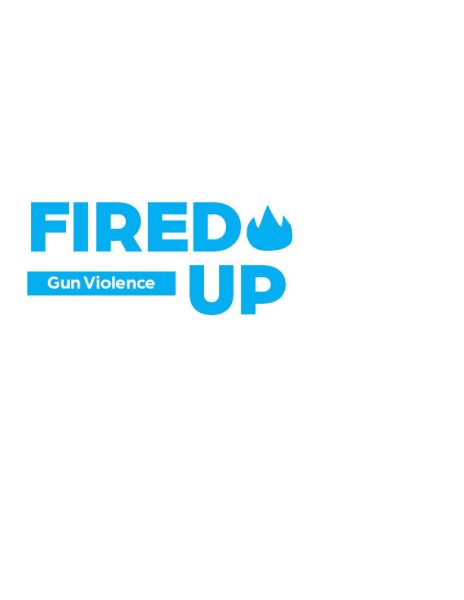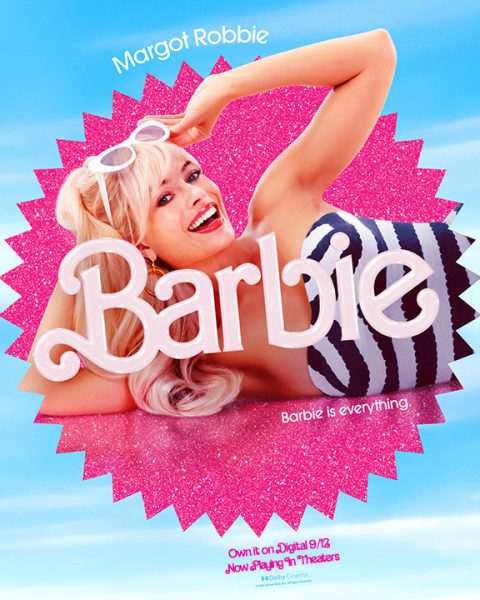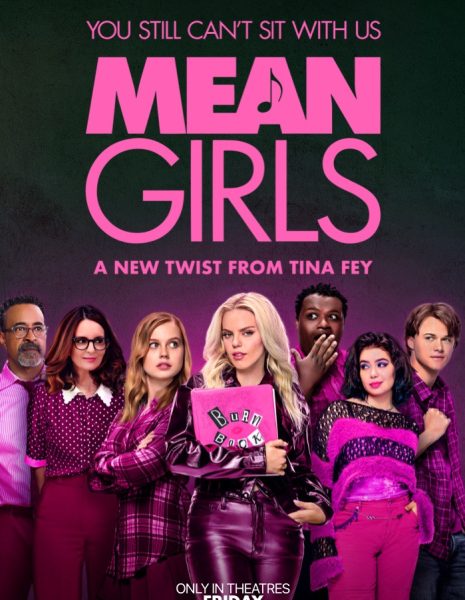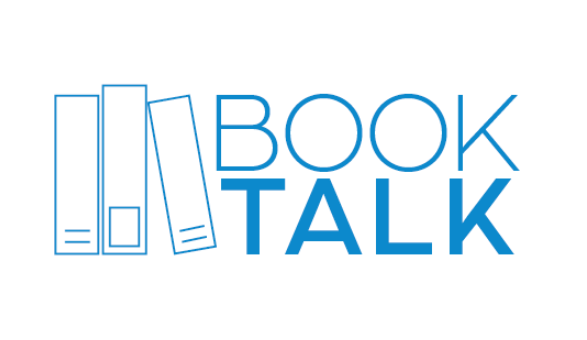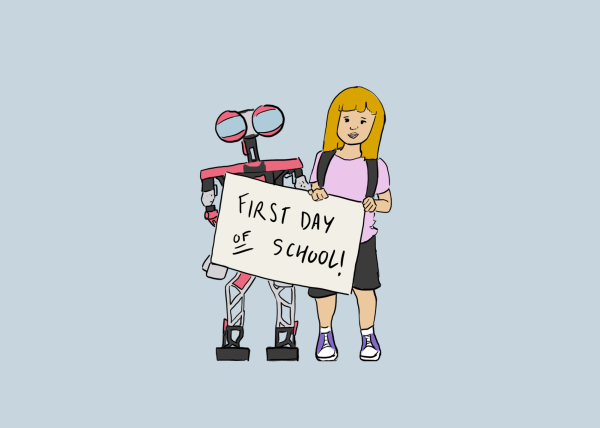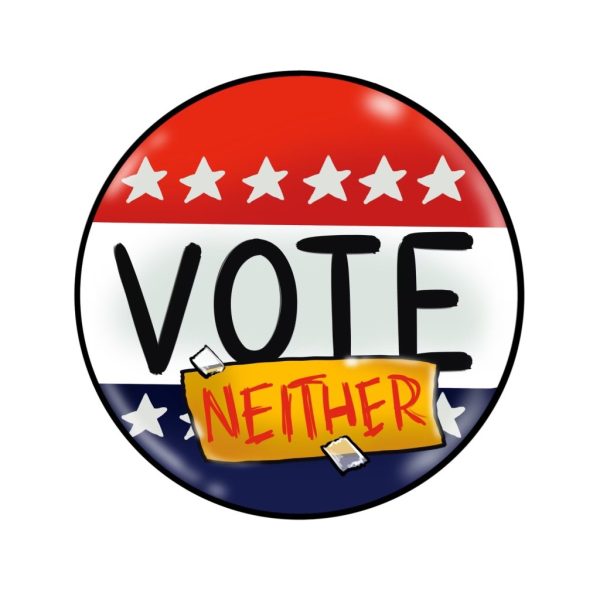Comic Critic: A hero for everyone
Diversity and whitewashing have become buzzwords for not only superhero films, but films in general over the past few years. Those who advocate the former say that it is because they provide role models for people young and old to look up to that look like them. That it can give them inspiration to take on the problems in their own lives their heroes would, the right way.
For a long time, it seemed films like these were but a distant dream. For some perspective, Black Panther is the first superhero film to feature an African American lead character since 2004, and Wonder Woman was the first superhero film to feature a female lead since 2005.
In those years, faith in African American and women leads were cast into doubt after Blade: Trinity, Catwoman, and Elektra were torched by critics and essentially proved to be bad investments. Studio executives assumed this meant audiences weren’t in the market for an African American or female lead character, which lead the industry to be lulled into the white and male-dominated status quo that’s currently being challenged. While this period did yield great movies like Spider-Man 2, Iron Man and The Dark Knight, there weren’t heroes that represented other groups of people, despite numerous efforts.
This lack of representation is one problem many people, including myself, take issue with. While I do see the line of thinking (movies aren’t cheap, after all), it is not the race or gender of the main character that makes or breaks a film. It usually has to do with its execution, whether it is with the actor’s performances, writing, directing or cinematography. This failure to execute proved to be Blade: Trinity’s, Catwoman’s, and Elektra’s downfalls.
Black Panther and Wonder Woman do not fall into these pit traps. Black Panther not only delves into African culture, it immerses itself in it. Both films also provide heroes (and heroines) who are capable, strong and inspiring, and it seems audiences are taking a shine to it as well. They are the first and second highest domestic grossing superhero origin stories of all time, Black Panther became the seventh superhero film, and thirty-third film overall, to gross $1 billion worldwide and Wonder Woman is the only film in the DC Extended Universe’s library to be certified fresh on Rotten Tomatoes.
With the success of Black Panther and Wonder Woman, or perhaps a change in cultural norms, studios now seem more open to films with diverse leads. Sequels for both films were confirmed a very short time after their release dates. Captain Marvel, the Marvel Cinematic Universe’s first female-led solo film, will debut in March 2019. Sony is releasing Spider-Man: Into the Spiderverse this December, featuring the recently popular African American version of the character, Miles Morales (Shameik Moore), as the webslinger as opposed to Peter Parker. Batgirl, Harley Quinn (Margot Robbie), and Deadshot (Will Smith) solo movies are in development at DC Films as well.
One can’t look at the upcoming schedule and not notice the uptick in representation.
This progress is even more pronounced on the small screen. Over a decade after the 2003 series “Birds of Prey” (A show even I never heard of before researching for this column), four female-led shows premiered in the same year: “Agent Carter,” “Supergirl,” “Vixen,” and “Jessica Jones.” Even more startling, there has never been a live-action superhero series with an African American lead character until “Luke Cage” premiered on Netflix in 2016. “Black Lighting” on The CW would join it in January 2018, and “Cloak and Dagger,” which focuses on an interracial superhero duo, will premiere on Freeform in June.
One thing that manages to separate these series from their film contemporaries is that they tackle the issues of being black or a women much more directly, from tackling sexual harassment to protest marches. Such a direct approach not only creates emotionally compelling relevant storylines, but entertaining ones as well.
However, television also managed to bring another group into the fold that films have yet to address, the LGBTQ+ community. For a while, it consisted of only “Arrow,” now “Legends of Tomorrow” character Sara Lance (Caity Loitz), who has been confirmed bisexual for some time, and Curtis Holt (Echo Kellum), also on “Arrow.” That all changed when Ray “The Ray” Terrill (Russell Tovey) debuted in the 2017 annual Arrowverse crossover event, “Crisis on Earth-X,” along with his boyfriend, an alternate version of Captain Cold (Wentworth Miller), back in November. He also has his own CW Seed animated web series that premiered back in April 2017. Along with Alex Danvers (Chyler Reigh), adoptive sister to Kara Danvers AKA Supergirl (Melissa Benoist), the LGBTQ+ community has established a permanent presence in the DC television universe.
Nevertheless, just because the superhero genre has become more diverse over the past couple years does not mean it is done yet. While African Americans and women have made their mark, other groups still remain underrepresented across film and television. Elena “Yo-Yo” Rodriguez (Natalia Cordova-Buckley) from “Agents of S.H.I.E.L.D.” is the superhero genre’s only Hispanic main character, Daisy Johnson (Chloe Bennett), AKA Quake, and Agent Melinda May (Ming-Na Wen), also from Agents of S.H.I.E.L.D., are the only Asian-American main characters, even then all these characters exist as part of an ensemble, and there has yet to be an LGBTQ+ character anywhere outside of a DC television show.
The epitome of the fact that there is still progress to be made can be seen with the Netflix series “Iron Fist,” which tabbed Finn Jones, a Caucasian, as Danny Rand AKA Iron Fist, despite the fact many fans had campaigned for an Asian to be cast. I go into this in more detail in another column, but in short, the series did not perform well for both critics and audiences mainly due to Jones’ lackluster performance. This caused many fans to cry “whitewashing.” Now, would have the series been better had an Asian been cast? Who knows? But the fact that an opportunity arose for a more diverse casting choice and it was ignored, shows that there is still more work to be done when it comes to adding variety.
But this doesn’t take away from the amazing progress that’s already been made. African Americans and women once were the two largest groups that were unrepresented as main characters in the film and television realm of the superhero genre, but in the span of just two and a half years, they are now becoming leading faces in their respective franchises. If T’Challa (Chadwick Boseman), Diana Prince (Gal Gadot), Jefferson Pierce (Cress Williams), and Jessica Jones (Krysten Ritter) have taught us anything, it is that viewers love variety in their heroes, and in a day in age where we need role models more than ever, the more the better.
Your donation will support the student journalists of Hagerty High School. Your contribution helps us publish six issues of the BluePrint and cover our annual website hosting costs. Thank you so much!

